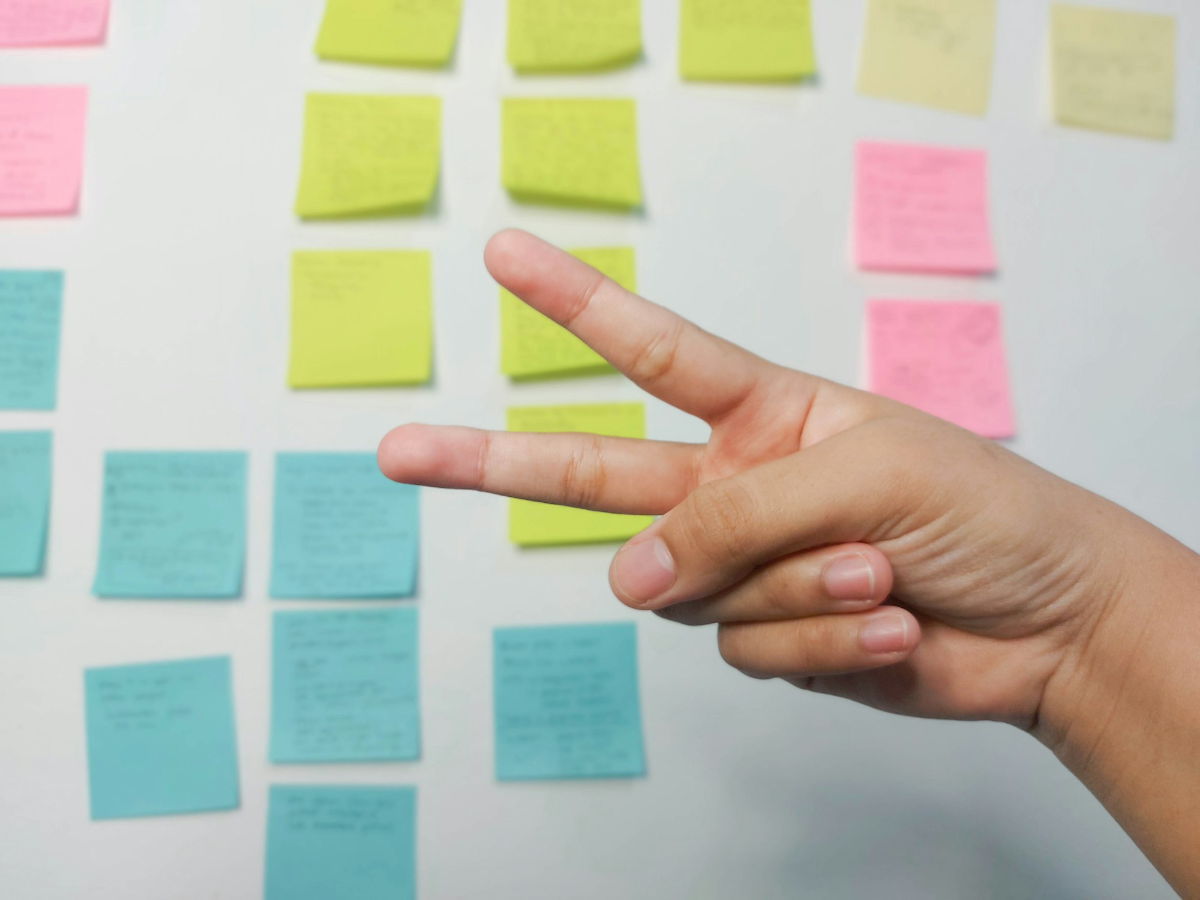Mastering the Art of Body Language: A Practical Guide
Imagine two people having a conversation. They might be saying all the right things, but one has their arms crossed and is leaning away, while the other is leaning in with an open posture. Who seems more trustworthy? Who looks like they’re enjoying the conversation?
The answer is obvious, and it’s a powerful reminder of a simple truth: communication is about so much more than words. In fact, most of what we say is conveyed through our body language. It’s the silent conversation we have before we even speak, and it’s a skill you can learn to both read and master.
What is Body Language and Why Does It Matter?
Body language refers to the non-verbal cues we use to communicate. This includes everything from our posture and facial expressions to our gestures and the way we move. It’s an ancient, evolutionary part of human interaction that helps us quickly assess a situation or a person.
Understanding body language can give you a significant advantage. It allows you to:
- Build instant rapport: An open stance and a genuine smile can make others feel more comfortable around you.
- Improve communication: You can tell if someone is receptive to your ideas or if you need to adjust your approach.
- Project confidence: Standing tall and maintaining steady eye contact shows you are self-assured and trustworthy.
- Recognize deception: Knowing the subtle cues of dishonesty can help you navigate complex social situations.
Decoding Common Body Language Cues
Reading body language is like learning a new language. You don’t just look at a single gesture; you look at clusters of cues to get the full picture.
1. Facial Expressions
Licensed by Google
2. Posture and Gestures
Your posture tells a story about your state of mind. An open posture—unfolded arms, shoulders back—is a sign of confidence and openness. A closed posture—arms crossed, hunched shoulders—can signal defensiveness or discomfort. Fidgeting, such as tapping your foot or playing with your hair, often suggests nervousness or impatience.
3. Eye Contact
The eyes are often called the windows to the soul for a reason. Maintaining steady eye contact shows that you are engaged and confident. Too little eye contact can suggest shyness or disinterest, while an intense, prolonged stare can be intimidating and aggressive.
4. The Language of Touch (Haptics)
Touch is a powerful form of non-verbal communication. A firm handshake can signal professionalism and confidence. A quick, reassuring pat on the back can show empathy. However, it’s crucial to be mindful of social and cultural norms when using touch.
5. Proximity (Proxemics)
The distance you keep from someone, known as proxemics, also communicates a lot. We have different zones for different relationships: an intimate zone for close friends and family, a personal zone for casual conversations, a social zone for professional settings, and a public zone for large groups. Invading someone’s personal space can make them feel uncomfortable.
How to Improve Your Own Body Language
Now that you know how to read the cues, here’s how to use them to your advantage.
- Be Aware: Start by simply observing your own body language. Are you slouching? Fidgeting? Practice in front of a mirror to see what you look like to others.
- Adopt an Open Stance: Make it a habit to keep your arms uncrossed and your body facing the person you are talking to. This makes you appear more approachable and receptive.
- Stand Tall and Confident: Straighten your back, pull your shoulders back, and lift your chin slightly. This simple change can make you feel more confident, and it will be noticed by others.
- Maintain Appropriate Eye Contact: Aim for a comfortable balance. When listening, make eye contact to show you’re engaged. When speaking, look away occasionally to avoid an intimidating stare.
- Stop Fidgeting: If you find yourself fidgeting, try placing your hands on your lap or holding a pen to keep them still. This will help you project calm and focus.
Mastering body language isn’t about memorizing a checklist of gestures. It’s about becoming more self-aware and intentional in how you present yourself. By making small, conscious adjustments, you can completely transform your interactions and build stronger connections with everyone you meet.







